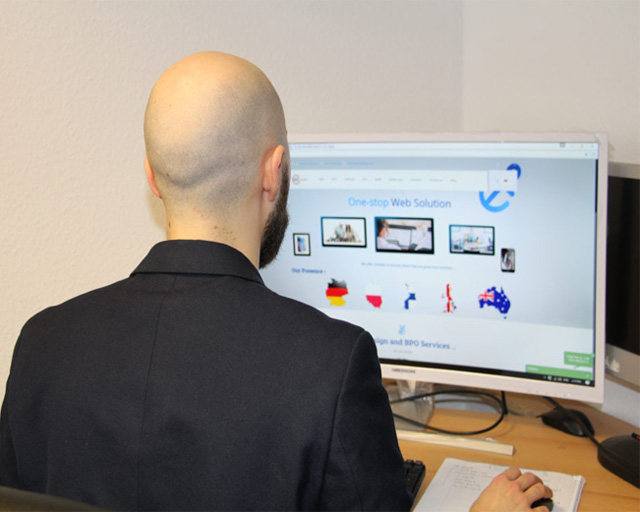
Computer Assisted Telephone Interviewing (CATI)
March 28, 2017
Computer-Assisted Personal Interviewing (CAPI)
April 20, 2017Computer Assisted Web Interviewing (CAWI)
Computer Assisted Web Interviewing (CAWI) is a survey methodology based on a questionnaire provided with a link, a panel or a website, and it is similar to the CATI methodology. CAWI is considered the most economical way to collect data because it does not need interviewers, research devices, neither involves costs linked to the respondent. For all these reasons CAWI surveys, which are also called online surveys, are one of the most used methods to collect information. When you are opting for CAWI, all the attention is focused on the questionnaire design, because the quality of data collected is directly linked to one of the questionnaires itself. When your CAWI research project needs a personal touch or the guidance of experienced research, Thakur International, Nepal is the right choice. Our professional interviewing team can tackle any CAWI research project. When the internet was not an everyday companion in everyone´s life, you could reach with CAWI just around 20 percent of the population. That is to say that it was used just for limited purposes.
Nowadays with CAWI, you can interview wide and generic population, such as an entire country and a multinational corporation. CAWI method envisages a link which is sent to the respondents via email. They just have to follow the link to complete the questionnaire independently.
Main characteristics of Computer Assisted Web Interviewing method
The CAWI software autonomously sends the emails and takes care of their following classification. Finished surveys are marked as complete and they do not need extra controls. The respondent is invited via email and clicks on the link in order to answer the CAWI questionnaire. Obviously, you need to have the email address of the responder to carry out a CAWI survey.
Many companies have been using the internet to conduct all sorts of studies all over the world. Whether it is a market or scientific research, the online CAWI survey has been a faster way of collecting data from the respondents as compared to the other survey methods such as a paper-and-pencil method or personal interviews. Moreover, the web-based survey presents other pros for anyone who wishes to conduct a survey. However, we should always consider also the drawbacks and disadvantages of the CAWI survey method.
Main advantages of Computer Assisted Web Interviewing methodology
Besides the possibility to drastically reduce survey costs, CAWI is also convenient for other reasons:
- Tailored questionnaire: if the questionnaires are well designed, it will be able to automatically manage questions path using logic conditions when they are needed, as well as displaying questions according to previous answers given by the respondents.
- More clarity: the questionnaire can be structured to facilitate compilation. Drop down menu, sub-menu and autocomplete writing control check are really useful for this purpose.
- Guides: you can insert help boxes to assist respondents compiling the questionnaire. This should preclude the lack of presence of an interviewer.
- Reduce costs: there are no costs involved to buy paper or printing tools or to buy electronic devices.
- Reduce time: the time needed to analyze collected data is restricted because those are sent in real time to the main database that can also be directly connected to a statistical software. Some software allow you to have a real-time analysis and statistics of collected data and email campaign. You can trust your CAWI project to Thakur International, Nepal.
Main disadvantages of Computer Assisted Web Interviewing methodology

CAWI survey application
When you highly reduce survey costs you have to calculate some inevitable disadvantages that can somehow change the research quality. One of those could be the lack of an interviewer as help and guide composing the questionnaire. Moreover, somebody has not an internet connection, so the target will be wide but not universal. Another thing is that with the online questionnaire you may lose the attention of the respondents and this increase the possibilities to get a low quality or incomplete surveys. Other disadvantages are:
- Limited sampling and respondent availability: Certain populations are less likely to have internet access and to respond to online questionnaires. It is also harder to draw probability samples based on an e-mail address or website searches.
- Possible cooperation problems: Although online surveys in many fields can attain response rates equal to or slightly higher than the ones of traditional modes, internet users today are constantly bombarded by messages and can easily delete yours.
- Respondents cannot be probed by an interviewer: A lack of trained interviewers to clarify and the probe can possibly lead to less reliable data.
_____________________________________________________________________________________________________________________________________

